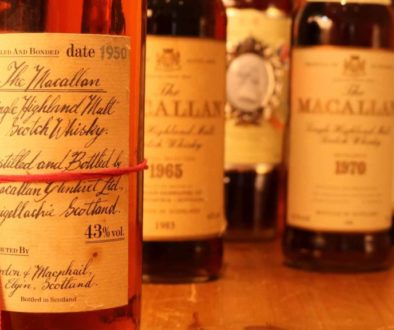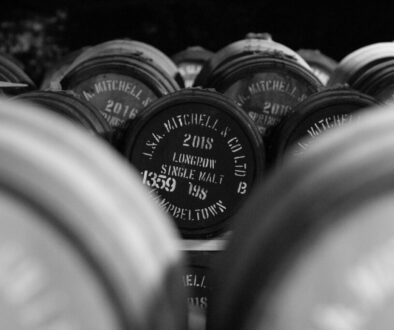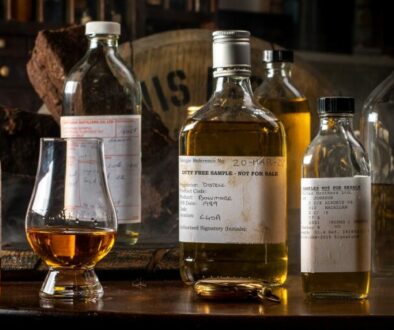
No country in the world welcomes the New Year quite like Scotland does. Days of festivities including feasting, gift-giving, and even fire demonstrations signal the celebration of Scotland’s most beloved national holiday: Hogmanay.
What is Hogmanay?
Hogmanay is traditionally celebrated on 31st December every year. In other cultures, it is called New Year’s Eve. However, the holiday can be (and often is) celebrated both in the lead-up to New Year’s Eve and continued into the first few days of January.
Although the origins of Hogmanay are debated, it is generally accepted that the festival derives from the Viking occupation of Scotland and the observation of the winter solstice, with parties happening in late December.
The Scots observe several traditions during Hogmanay, making their New Year celebrations some of the best in the world.
Watch Our Latest Videos
National Traditions
One of the most enduring national Hogmanay traditions is ‘first-footing’. This refers to people visiting the homes of friends or neighbours as the first guest of the new year, bringing gifts such as coal, shortbread, black buns, and whisky.
Traditionally, a tall, dark-haired male is preferred as the first-foot. It is thought that this is something of a hangover from the Viking occupation of Scotland, where a blonde stranger would almost certainly bring bad luck.
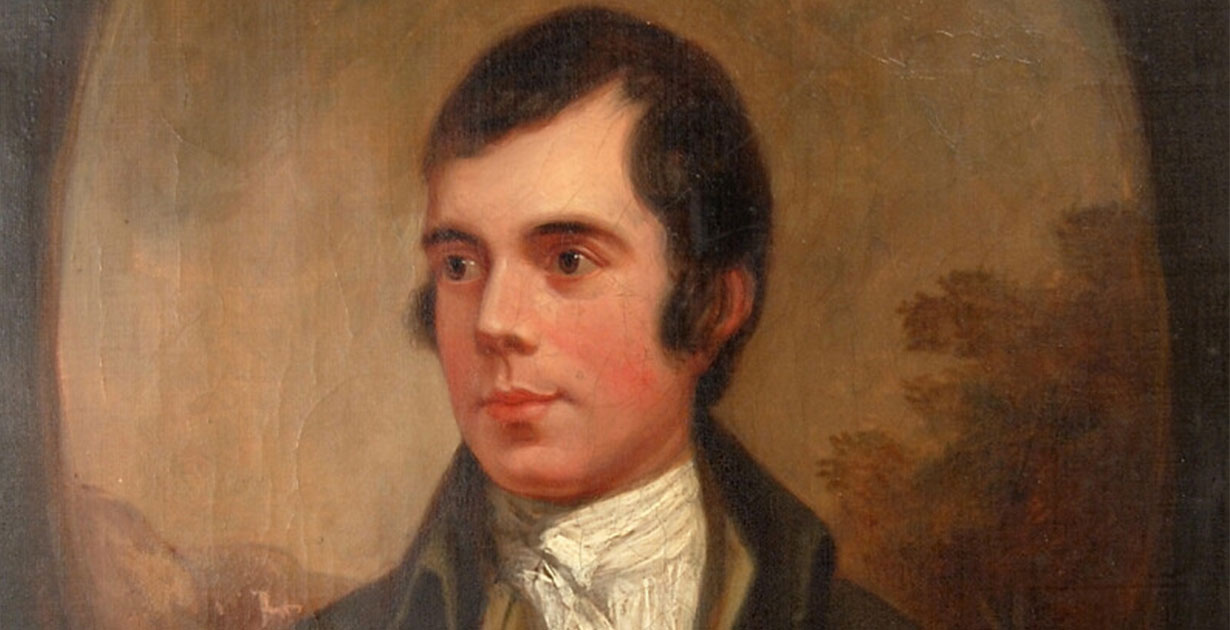
Another tradition is the singing of the Robert Burns song Auld Lang Syne at midnight. This is a tradition that has made its way around the English-speaking world, with many around the globe observing this tradition.
Regional Traditions
As well as feasting and festivities across Scotland, some areas have their local traditions through which they celebrate Hogmanay.
Edinburgh’s Hogmanay celebrations are the most spectacular in Scotland. Every year in the days leading up to January 1st, the city is taken over by festivities including fireworks, street parties, film screenings, a concert, and a torchlight procession. This year is the 30th anniversary of Edinburgh’s official Hogmanay celebrations.
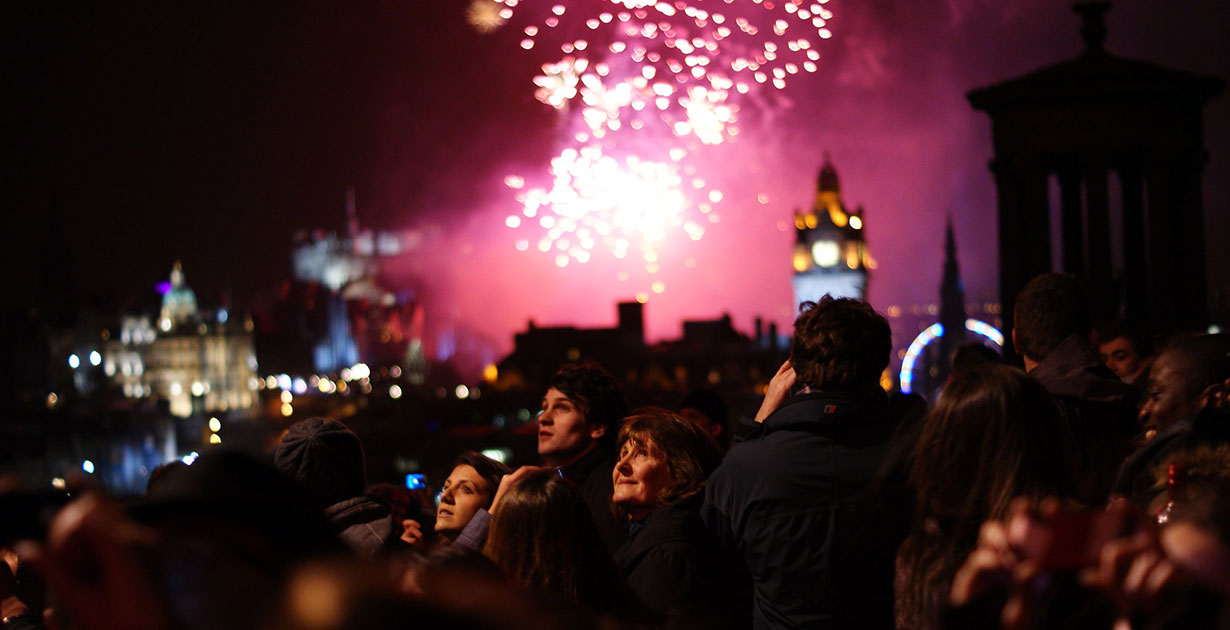
In Stonehaven, Aberdeenshire, the enduring Hogmanay tradition is fireball swinging. Exactly as it sounds, this custom involves lighting flammable material in the shape of a ball on fire at the stroke of midnight. The fireballs are then swung and paraded through the streets of Stonehaven and then thrown into the harbour if they are still alight at the end. This custom is extremely popular and attracts thousands of tourists per year.
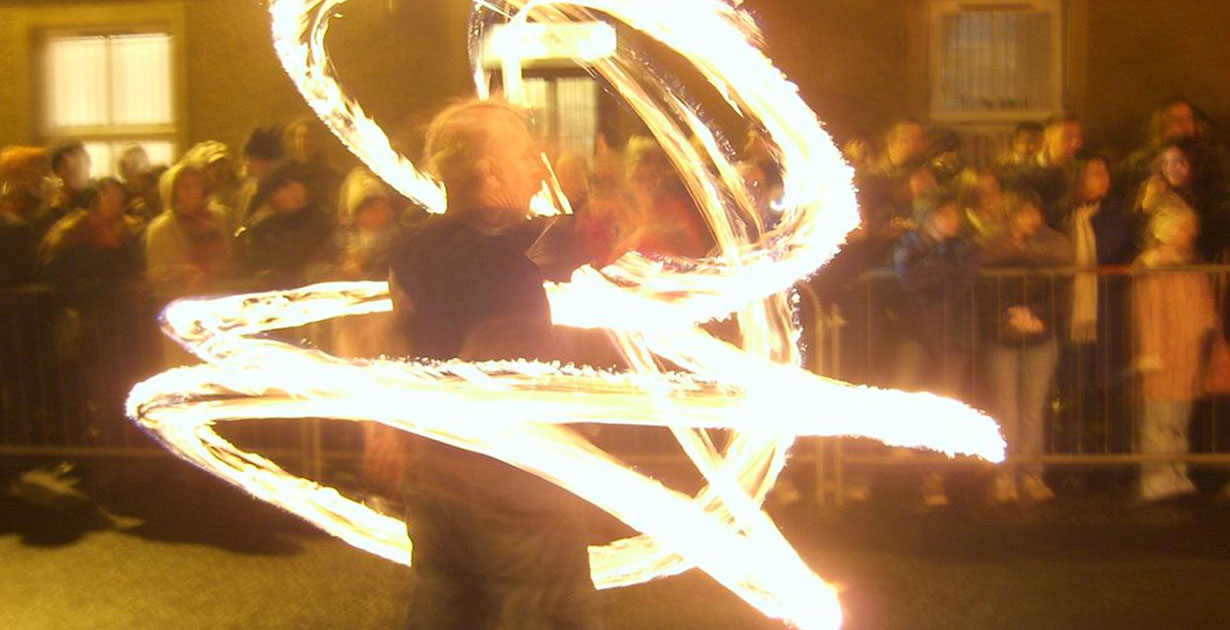
Deep in the Scottish Highlands the act of saining is still practiced by some. Saining involves blessing the house and livestock on the first day of the New Year. Firstly, water from a river ford (supposedly crossed by both the living and the dead) is drank and scattered in each room of the house. Next, jumper branches are burned, allowing the smoke to fill the house and drive away evil spirits. The windows are then opened to let in fresh, New Year air. The occupants then enjoy a dram of scotch whisky and a hearty breakfast.
The Importance of Hogmanay
Today, Hogmanay is one of the most important holidays in the Scottish national calendar, perhaps more so than Christmas.
During the protestant reformation, Christmas celebrations were banned in Scotland, as it was thought by the Scottish Kirk (a reformed Church that broke away from Roman Catholicism in 156)) that Christmas was too closely linked to Catholicism. And so, Yuletide celebrations were banned throughout Scotland. It was not until 1958 that 25th December became a public holiday.
As such, it is no surprise that Hogmanay became such an important holiday for the people of Scotland. And, by extension, no surprise that 2nd January became a bank holiday in Scotland in 1973, to allow a days respite following the exciting celebrations.
Happy Hogmanay!
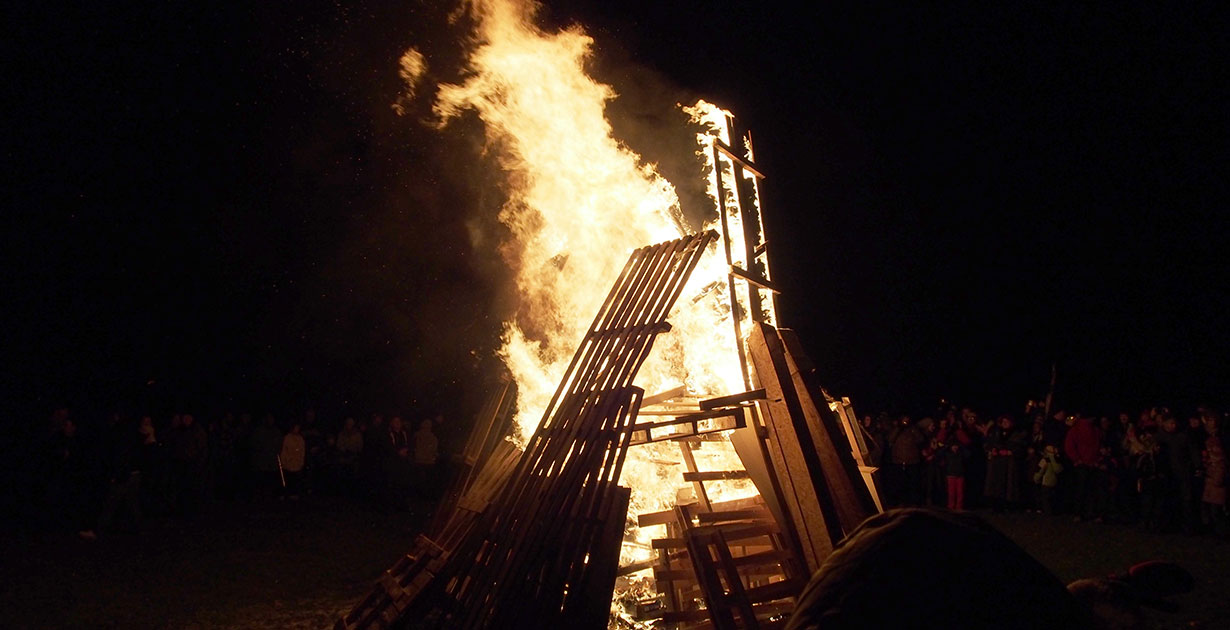
Whatever your plans for the New Year or Hogmanay, we hope you have a fantastic end to 2023 and a great start to 2024. See you in the New Year.


